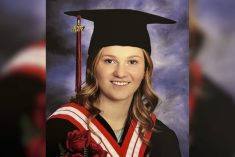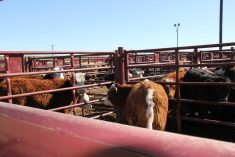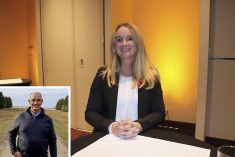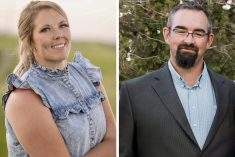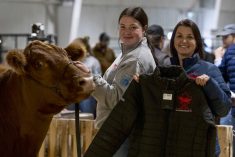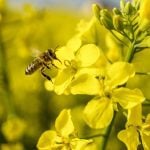mcyntyre12
Ralph Thrall IV.
Photo: Mary MacArthur
mcyntyre11
Ralph Thrall III in the barn loft beside a map of the McIntyre Ranch.
Photo: Mary MacArthur
mcyntyre10
Inside McIntyre Ranch barn.
Photo: Mary MacArthur
mcyntyre9
Ralph Thrall III and IV in pasture.
Photo: Mary MacArthur
mcyntyre8
Ralph Thrall IV checking fescue.
Photo: Mary MacArthur
mcyntyre7
Inside historic McIntyre Ranch barn loft.
Photo: Mary MacArthur
mcyntyre4
Ralph Thrall IV and DUC’s Thorsten Hebben.
Photo: Mary MacArthur
mcyntyre3
A buffalo jump on the McIntyre Ranch.
Photo: Mary MacArthur
mcyntyre1
A spring-fed trough inside the McIntyre Ranch barn ensures a steady flow of fresh water.
Photo: Mary MacArthur
mcyntyre6
Ralph Thrall IV and Ralph Thrall III stand between the original gates into the McIntyre Ranch.
Photo: Mary MacArthur
At 55,000-acres, McIntyre Ranch in southern Alberta is one of the largest pieces of unbroken native grassland left in Canada.
It consists of thousands of acres of rough fescue and mixed grasslands, teeming with wildlife where cattle are also seen grazing among the picturesque landscape.
With less than 20 per cent of native prairie grasslands remaining and pressure to turn grass into farmland, the easement has ensured the grassland and wetlands of the ranch will remain unchanged while still allowing a working cattle ranch.
Read Also
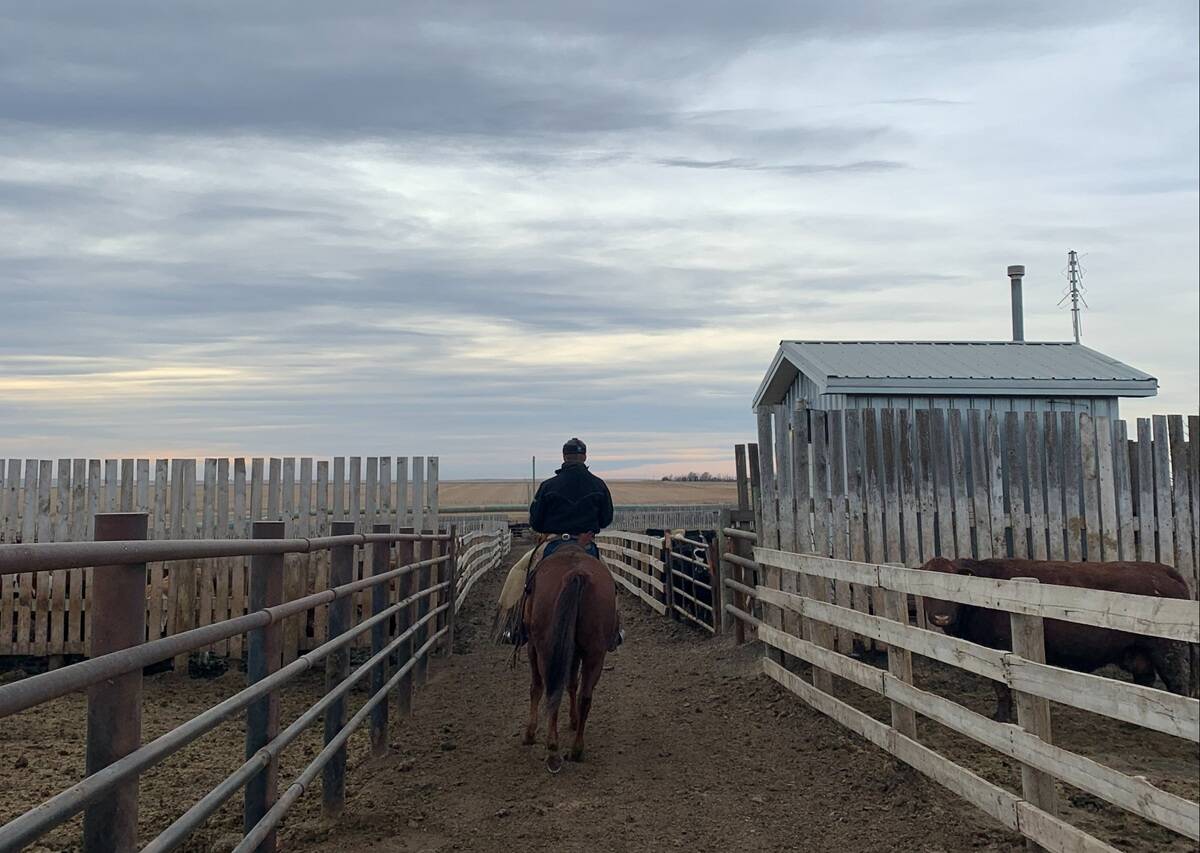
Pen riders still better than tech at detecting respiratory disease in feedlot cattle, says researcher
Recent research found that pen riders are better than tech at flagging signs of BRD in feedlot cattle
























